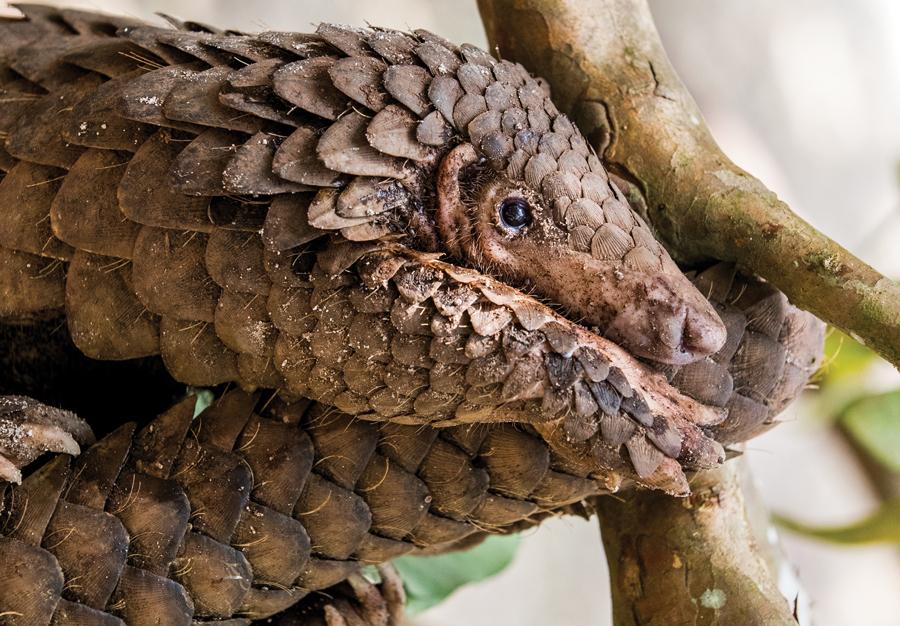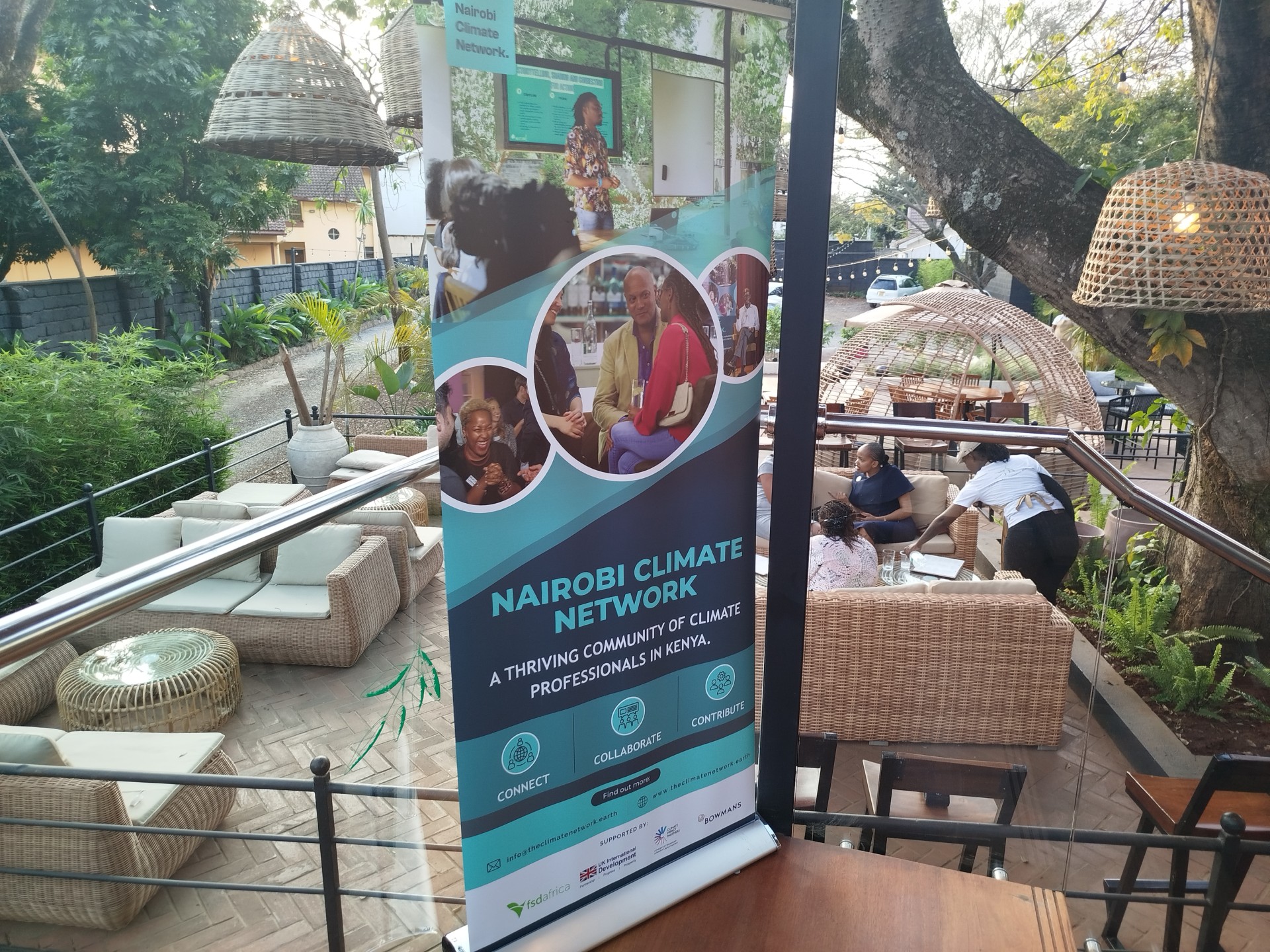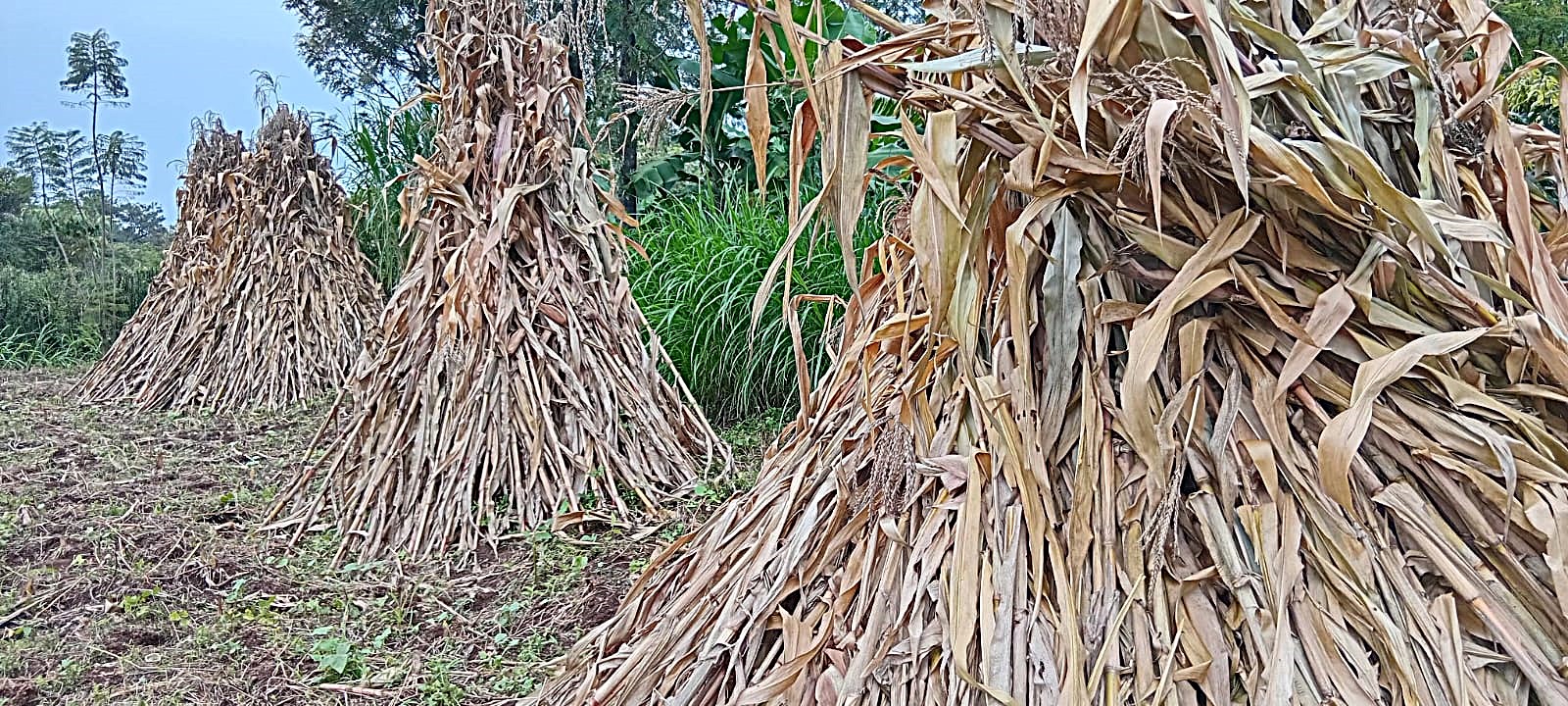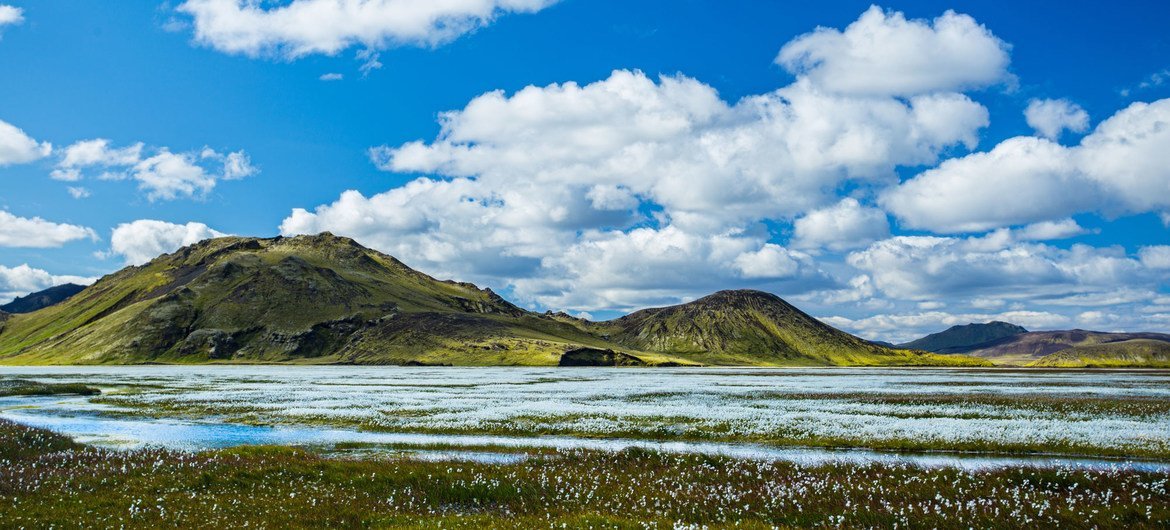- As their numbers continue to dwindle, pangolins are becoming a symbol of the silent extinction facing many lesser-known species.
- Without urgent and sustained action, these unique mammals may vanish before most people even realize they exist.
The pangolin is now teetering on the edge of extinction — driven by human demand and ignorance.
Pangolins are mammals, not reptiles as often assumed. Their distinctive scales, made of keratin — the same protein found in human nails and hair — serve as armor against predators.
When threatened, a pangolin curls into a tight ball, a defense mechanism that ironically makes it even more vulnerable to human capture.
There are eight species of pangolins globally — four found in Asia and four in Africa. Kenya is home to three of the African species: the Temminck’s ground pangolin, the giant ground pangolin, and the tree pangolin.
All of these species are currently listed on the International Union for Conservation of Nature (IUCN) Red List, which categorizes wildlife according to their risk of extinction. The tree pangolin and giant ground pangolin are classified as endangered, while the Temminck’s ground pangolin is listed as vulnerable.
Read More
The inclusion of these species on the IUCN Red List is not just a bureaucratic classification — it is a warning as pangolin populations are in steep decline, primarily due to illegal trafficking for their meat and scales.
In parts of Asia, particularly in China and Vietnam, pangolin scales are falsely believed to have medicinal properties, despite the absence of scientific evidence. This demand has fueled a black market trade that spans continents, with Africa emerging as a major source.
Although the animals are protected under national laws and international treaties such as the Convention on International Trade in Endangered Species of Wild Fauna and Flora (CITES), enforcement challenges persist.
Beyond the threat of trafficking, pangolins face habitat loss from deforestation and agricultural expansion. Their natural homes — from woodlands and grasslands to rainforests — are being degraded or destroyed, leaving fewer safe spaces for them to live and breed.
This double pressure of poaching and habitat destruction has made survival increasingly difficult for the already elusive pangolin.
Efforts to conserve pangolins in Kenya are growing, but remain limited. Conservation groups such as The Pangolin Project are working to raise awareness, track pangolin populations, and engage local communities in protecting the species.
However, much remains to be done. Public awareness about pangolins is still very low in many parts of the country, and resources for rescue, rehabilitation, and enforcement are stretched thin.
Pangolins are more than just victims of illegal trade. They play a crucial role in their ecosystems by controlling ant and termite populations, thus helping to maintain soil health and ecological balance. Protecting pangolins is not just about saving a rare species — it is about preserving the intricate web of life that sustains biodiversity.
As their numbers continue to dwindle, pangolins are becoming a symbol of the silent extinction facing many lesser-known species. Without urgent and sustained action, these unique mammals may vanish before most people even realize they exist.
The IUCN Red List has sounded the alarm — now it is up to us to ensure the pangolin’s story does not end in silence.


-1758123442.jpeg)
-1758023592.png)



